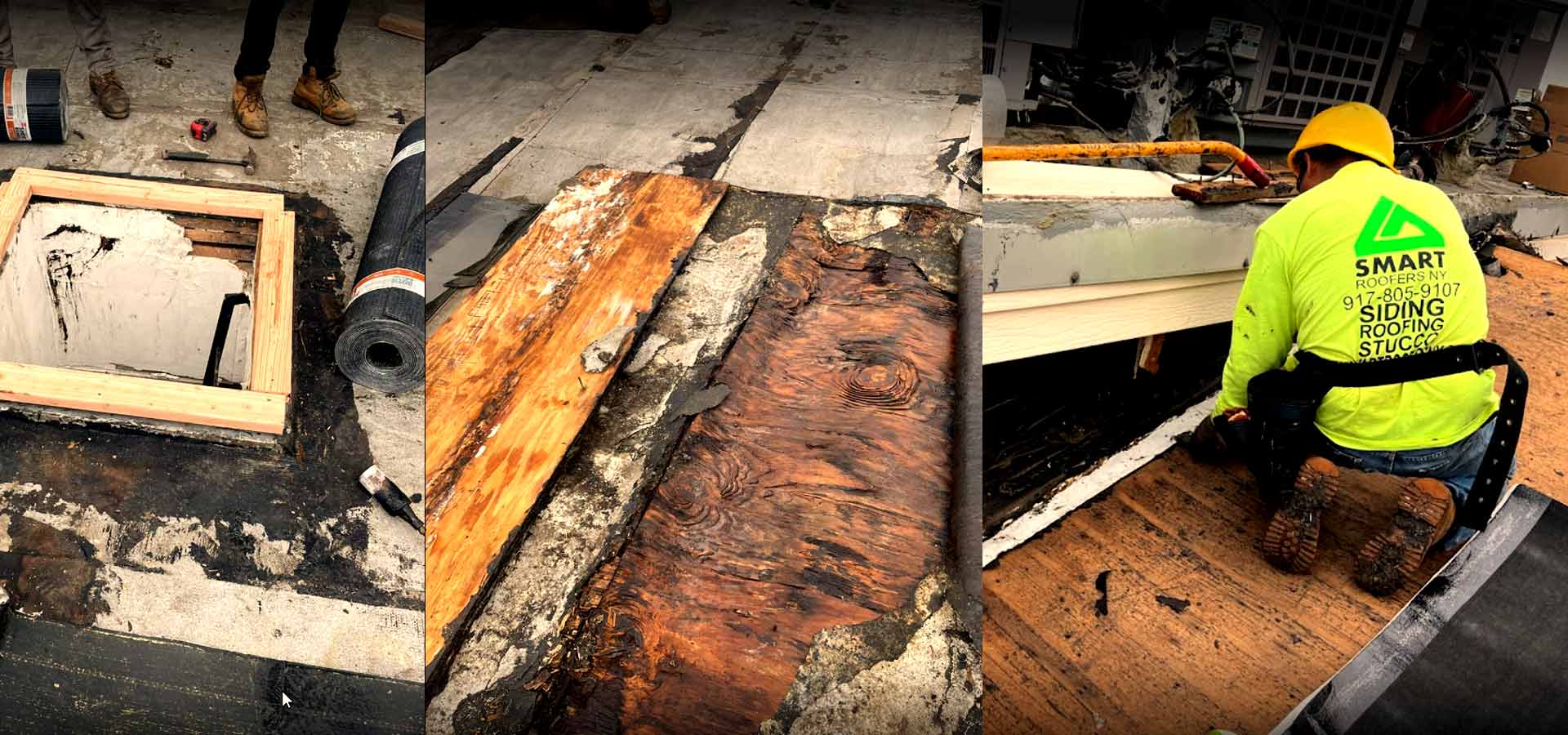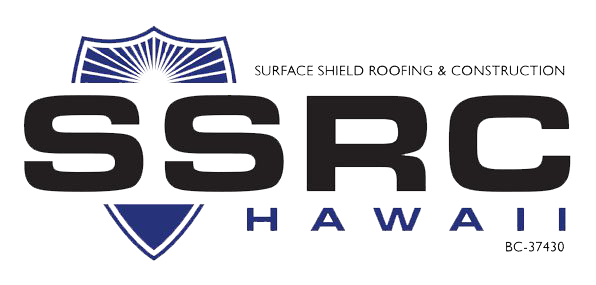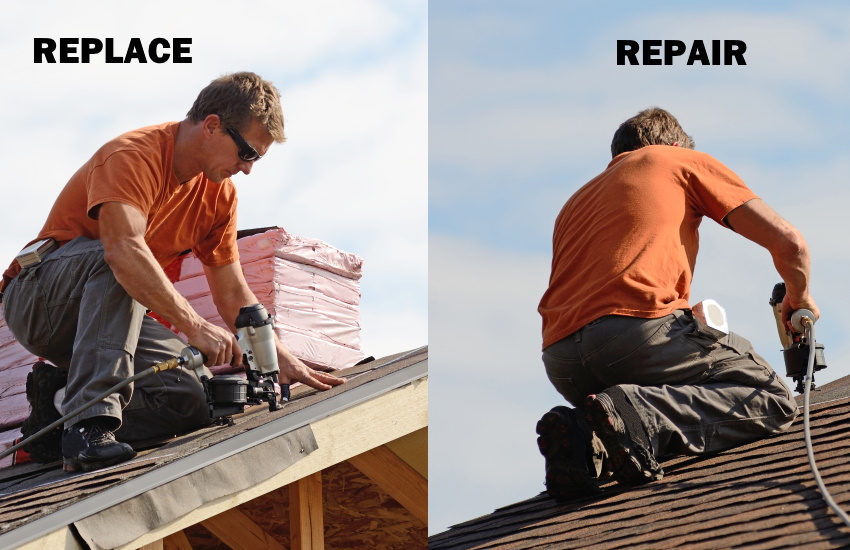Roofing Companies Oahu: Trusted Specialists for Your Roofing Needs
Roofing Companies Oahu: Trusted Specialists for Your Roofing Needs
Blog Article
Understanding the Different Kinds Of Roofings: A Comprehensive Overview for Homeowners
With a range of alternatives-- varying from the standard gable to the contemporary level-- each type provides special advantages and challenges that need to line up with the property owner's ecological considerations and specific needs. As we check out the complexities of numerous roofing system kinds, it comes to be noticeable that one dimension does not fit all; the ideal selection may surprise you.
Gable Roofing Systems
Gable roof coverings, characterized by their triangular form, are among the most preferred roofing designs due to their simpleness and effectiveness in dropping water and snow. This layout features 2 sloping sides that fulfill at a ridge, enabling efficient drain and decreasing the danger of water buildup. The high pitch commonly related to gable roofing systems improves their capacity to take care of heavy rainfall, making them ideal for various climates.
Along with their useful advantages, gable roofs provide visual flexibility. They can be adapted to different building designs, from traditional to modern homes. The layout can also fit extra functions such as dormer windows, which boost natural light and air flow in the attic area.
Moreover, saddleback roofs give enough area for insulation, adding to power effectiveness. Home owners can select from a range of roof products, including asphalt tiles, steel, and floor tiles, better enhancing modification options.
Despite their advantages, saddleback roofs may need added assistance in locations susceptible to high winds or heavy snowfall. In general, the saddleback roof remains a favored selection as a result of its mix of capability, sturdiness, and visual appeal.
Flat Roofs
Level roofings are typically recognized for their minimal style and useful applications, particularly in commercial and commercial settings (oahu roofing). These roof coverings include a nearly straight or straight surface, which permits easy building and construction and versatile space utilization. While they might do not have the visual allure of angled roofs, flat roof coverings supply many benefits, particularly in urban settings where optimizing space is essential
Among the main advantages of flat roofing systems is their accessibility. House owners can utilize the roofing room for different purposes, such as rooftop yards, balconies, or photovoltaic panel installations. In addition, flat roofings are generally more economical to install and preserve contrasted to their sloped counterparts, as they need less materials and labor.
Nevertheless, flat roof coverings do present particular challenges. Appropriate drainage is vital to avoid water merging, which can lead to leaks and architectural damage. For this reason, picking premium waterproofing products and regular evaluations are critical for guaranteeing long life. Usual products utilized for flat roofings consist of built-up roof covering (BUR), changed bitumen, and single-ply membrane layers, each offering distinct benefits. In general, flat roofings work as a useful and versatile selection for many home owners and businesses alike.
Hip Roofings
Hip roofs are characterized by their sloped sides that merge at the top, forming a ridge. This design is distinct from saddleback roofs, as all 4 sides of a hip roofing slope downwards toward the wall surfaces, supplying a more secure framework. The angle of the slopes can vary, permitting adaptability in building aesthetics and capability.
Among the primary benefits of hip roofings is their capability to withstand hefty winds and negative climate condition. The sloped surfaces enable far better water drainage, reducing the threat of leakages and water damage. In addition, hip roofing systems offer raised attic room, which can be used for storage or also exchanged livable locations.
Nevertheless, creating a hip roofing can be more complicated and costly than easier roof kinds, such as saddleback roofs. The extra product and labor included in developing the slopes and making sure correct architectural integrity can cause higher costs. Despite these disadvantages, numerous home owners favor hip roofs for their sturdiness, visual allure, and capacity for energy effectiveness.
Mansard Roofings
Mansard roofings, frequently acknowledged by their unique four-sided style, attribute two slopes on each side, with the lower slope being steeper than the top. This architectural style, originating from France in the 17th century, is not only cosmetically appealing yet functional, as it takes full advantage of the useful room in the upper floors of a building. The high reduced incline permits for more headroom, making it an excellent choice for loft spaces or attic rooms, which can be exchanged living rooms.
Mansard roofing systems are identified by their adaptability, accommodating various architectural styles, from standard to contemporary. They can be built with various products, including asphalt shingles, slate, or metal, offering property owners with a variety of alternatives to match their budget plans and choices. Furthermore, the style enables for the combination of dormer windows, enhancing all-natural light and ventilation in the upper degrees.
Nonetheless, it is vital to think about the potential downsides. Mansard roof coverings might need more maintenance due to the intricacy of their style, and their steep slopes can be challenging for snow and rain overflow. Overall, mansard roof coverings incorporate sophistication with practicality, making them a preferred selection among homeowners looking for unique architectural features.
Dropped Roofing Systems
As homeowners increasingly look for simpleness and performance in their architectural styles, dropped roofs have actually emerged as a popular selection. Defined by a single sloping plane, a shed roofing presents a minimal visual that complements various home styles, from modern to rustic.
Among the primary benefits of a shed roof covering is its simple construction, which frequently converts to lower labor and product prices. This design permits check my site efficient water drainage, lowering the risk of leaks and water damage. Furthermore, the upright slope offers adequate room for skylights, enhancing natural light within the interior.
Lost roofs also use versatility in terms of use. They can be successfully incorporated into enhancements, garages, or exterior frameworks like sheds and pavilions. Additionally, this roofing design can suit various roofing products, including metal, asphalt roof shingles, and even environment-friendly roofs, aligning with eco-friendly initiatives.
Nonetheless, it is vital to take into consideration regional environment conditions, as hefty snow tons may require modifications to the roof covering's angle or framework. Generally, dropped roofings provide a useful and aesthetically pleasing option for homeowners looking to optimize functionality without endangering design.
Final Thought


Gable roofings, identified by their triangular shape, are among the most preferred roof covering styles due to their simplicity and effectiveness in dropping water and snow. oahu roofing. The high pitch generally associated with gable roofing systems boosts their ability to deal with hefty rainfall, making them suitable for different climates
While they might do not have the visual allure of pitched roofing systems, flat roof coverings use numerous benefits, particularly in metropolitan atmospheres top article where maximizing space is crucial.

Report this page